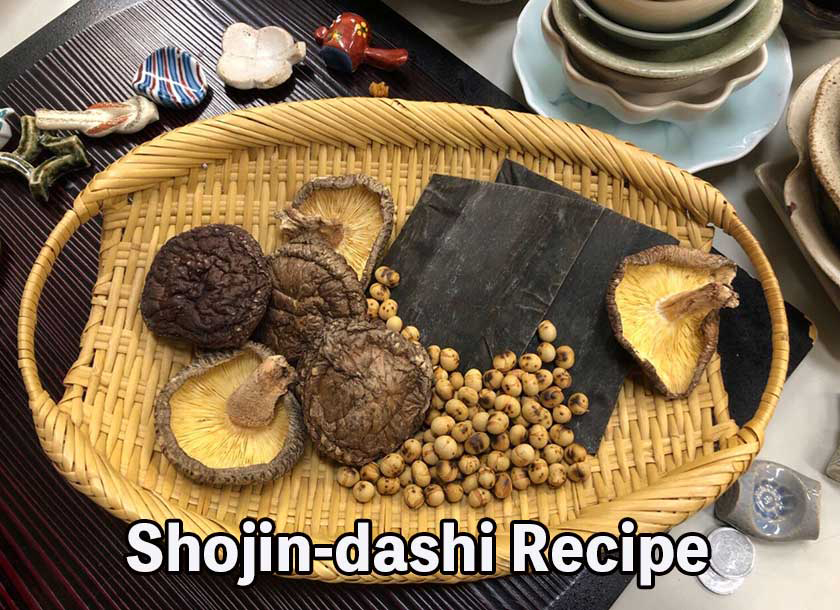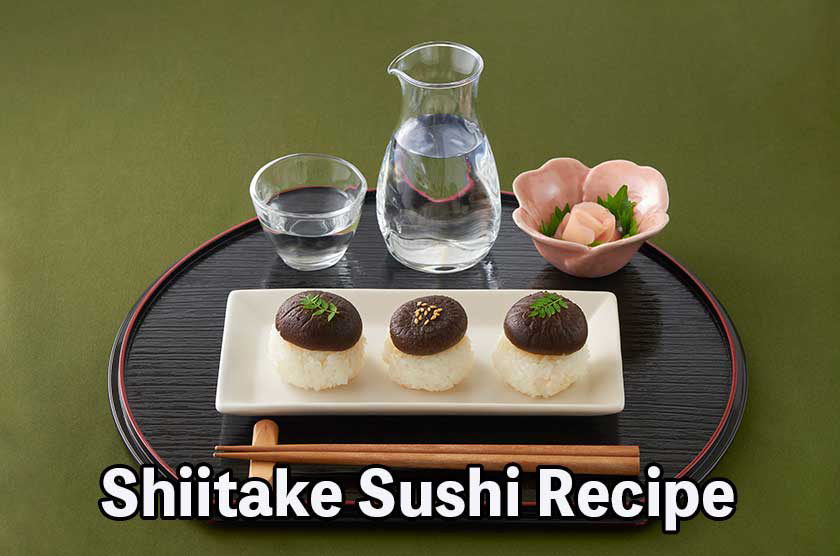Featured at EXPO 2025 Osaka, MAFF's "World-Class Healthy Japanese Ingredients"
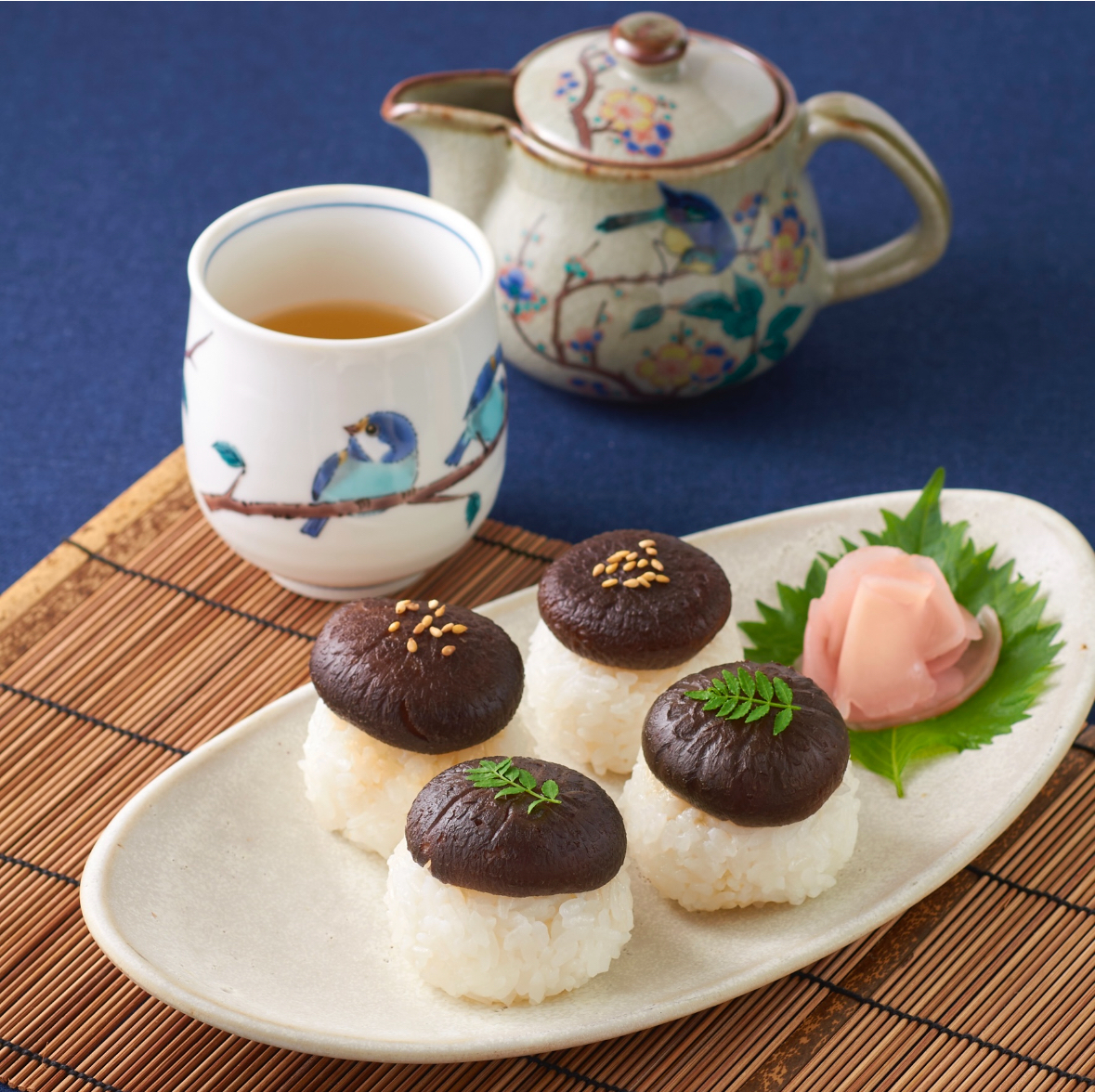
Tag: #Vegan Dashi #Shojin Cuisine #Japanese Food Culture #Umami #Shiitake Recipes
Table of Contents
🎉 Welcome to Shojin Dashi at EXPO 2025!
Thank you for scanning the QR code at our booth!
Here, you’ll discover:
- Why umami is essential in Japanese cuisine and health
- How real dashi can enhance taste sensitivity and reduce cravings
- Easy plant-based recipes using natural dashi and shiitake
- Tips for daily habits that support long-term wellness
About Our EXPO 2025 Osaka Exhibit
📍 Tuesday, May 6, 2025, at the ORA Pavilion, EXPO 2025 Osaka
Sugimoto proudly presents and offers tasting samples of:
-
Shojin Dashi Shiitake Sushi – a world-class, vegan-friendly Japanese dish
-
Shiitake Powder – boosts the natural umami of meats, fish, and vegetables
This presentation is part of the Ministry of Agriculture, Forestry and Fisheries (MAFF)'s
"World-Class Healthy Japanese Ingredients" initiative.
1. Taste the Shojin Dashi Shiitake Sushi!
Shojin Dashi Shiitake Sushi has become a worldwide favorite at vegan festivals and food exhibitions!
▶️ Check out the video from a vegan festival in New York! ▶️ Watch Now
What is Shojin Dashi?
Shojin Dashi is a plant-based broth made without any animal products, based on Buddhist vegetarian (shojin) cooking traditions.
It draws rich umami from vegetables, mushrooms, and seaweed instead of meat or fish.
Shojin Dashi is a plant-based broth made without any animal products, based on Buddhist vegetarian (shojin) cooking traditions.
It draws rich Umami from vegetables, mushrooms, and seaweed instead of meat or fish.
Common Shojin Dashi ingredients include:
- Kombu (kelp): Rich in glutamic acid (umami base)
- Dried Shiitake: Packed with guanylic acid for strong, fragrant Umami
- Kiriboshi Daikon (dried radish): Adds sweetness and depth
- Root vegetables (carrot, burdock): Provide sweetness and richness through slow simmering
- Roasted soybeans: Add a toasty aroma and plant-based protein richness
By slowly rehydrating dried Shiitake, you can fully extract its powerful Umami.
When combined with kombu, it creates a synergy that produces an incredibly flavorful broth.
At Sugimoto, traditional Zen temple recipes are refined to create a perfected shiitake-based shojin dashi.
▶️ Learn the Shojin Dashi Recipe Here "100% Plant-Based"
▶️ Learn the Shiitake Sushi Recipe Here "100% Plant-Based"
2. Japan’s Unique Dashi Culture
Traditional Japanese cuisine has cultivated a rich umami culture to improve the flavor of vegetable-based foods and reduce the desire to consume foods containing animal fats. Japanese cuisine developed around umami extraction from fish, vegetables, and fermentation. A major reason lies in historical "meat bans" that repeatedly occurred from the Asuka period onward, such as:
-
646 AD by Emperor Kōtoku
-
675 AD by Emperor Tenmu
-
801 AD by Emperor Kanmu
-
811 AD by Emperor Saga
-
and the 135 proclamations during the "Edicts on Compassion for Living Things" (1685-1709)
Without open consumption of meat, Japanese cuisine evolved by enhancing the Umami of seasonal fish and vegetables, using techniques like fermentation and drying.
As a result, Japan developed an exceptional umami-rich food culture long before meat became mainstream.
After the Meiji Restoration, lifting the meat-eating ban in 1871 rapidly introduced Western food styles to Japan.
The passion that had been focused on perfecting fish and vegetables was now applied to meat — leading to the birth of today's beloved Umami rich dishes like:
-
Sushi
-
Ramen
-
Tonkatsu
-
Curry rice
-
Okonomiyaki
-
Yakitori and Karaage
Thanks to this unique history, Japanese cuisine became globally celebrated.
(Reference: "Bimi Kyushin" by Kenjiro Kinoshita)
3. The Hidden Power of Authentic Natural Dashi
"Isn't using instant dashi good enough?"
Relying too heavily on artificial umami seasonings can dull your natural sense of taste, leading to a condition called umami desensitization. This condition also leads to food preferences for artificially flavored processed foods and oily, meaty foods.
Academic studies have warned that younger generations are increasingly losing their taste sensitivity and are overly dependent on modern junk and fatty foods.
When you become desensitized to umami, you tend to seek satisfaction from meat and animal fats, rely on strong seasonings, or chase feelings of fullness — all of which increase the risk of lifestyle-related diseases.
Start with one bowl of natural dashi miso soup daily to develop umami taste sensitivity. It’s an easy habit with powerful long-term benefits.
Let's promote the joy of authentic, healthy flavors!
4. Authentic Natural Dashi Helps Restore Your Umami Sensitivity!

A Tasty Step Toward Healthier Eating
Various scientific studies have shown that drinking miso soup made with natural Dashi daily can enhance one's ability to taste umami flavors.
This section will introduce tips for making authentic natural dashi miso soup at home.
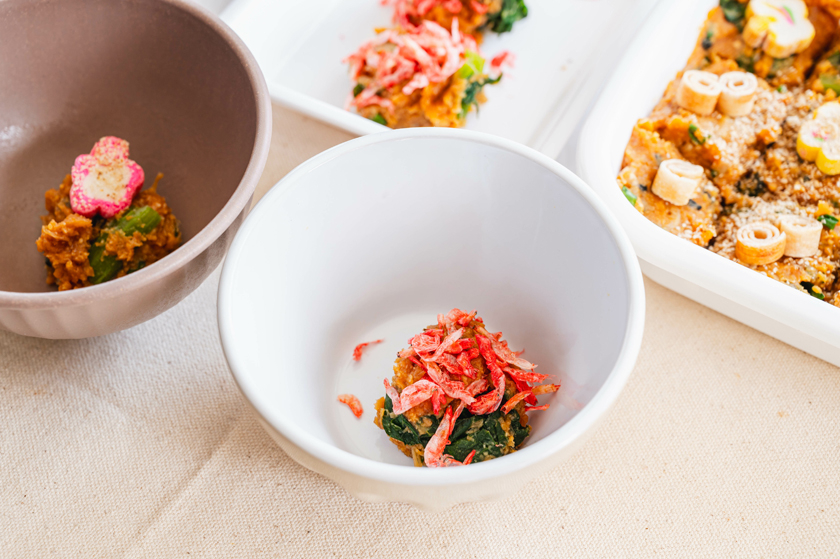 Tip 1: Make Miso Balls for Easy Miso Soup!
Tip 1: Make Miso Balls for Easy Miso Soup!
-
- Finely crush the contents of a dashi pack.
- Mix it with miso and your choice of ingredients.
- Shape into small balls.
You can dissolve one in hot water whenever you want a quick bowl of miso soup.
🔎 Search for "Miso Balls" online for plenty of recipe ideas!
Tip 2: Easy Mug Miso Soup for the Office!
Since miso and dashi powder can be stored at room temperature, it's easy to make miso soup at work too!
- Buy an additive-free dashi pack, and transfer the powder into a container.
- Boost the natural Umami by adding Kyushu Premium Shiitake Powder to the dashi powder.
- Prepare a tea strainer at the office and place it into a mug.
- Add a half teaspoon of chopped dried wakame (or adjust to taste) into the strainer.
- Pour hot water into the mug.
- Add about a heaping half teaspoon (2.5cc) of dashi powder for one serving.
- After 2–3 minutes, remove the strainer and stir in a spoonful of miso with a curry spoon.
Using a standard table spoon works fine if you don't have a measuring spoon at the office.
A half-table spoonful of miso and wakame is roughly the perfect amount!
Miso without additives can also be stored at room temperature, making it convenient for office drawers.
Although the flavor may change slightly over time, it won't affect the taste.
5. Forest-Grown Shiitake Powder: A Natural Dashi Booster
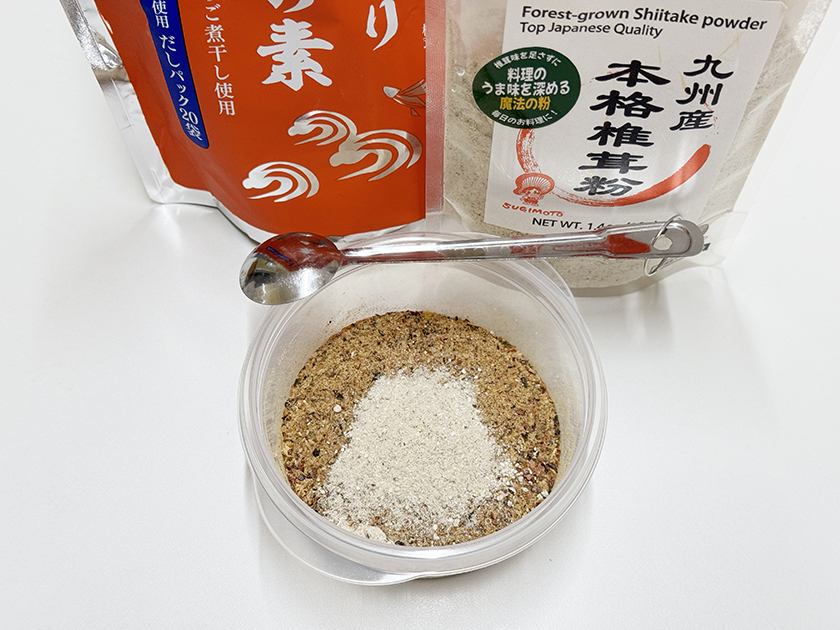
Our Premium Shiitake Powder is made from Shiitake cultivated on sweet-sap oak trees (Kunugi).
It contains about six times more Guanylate—the natural umami booster—than regular Shiitake.
Adding it to natural dashi miso soup intensifies the broth and enriches the miso's flavor.
Because the Umami and saltiness feel stronger, you can naturally reduce your miso and salt intake.
(If you're using ready-made dashi packs that already contain Shiitake, try adding this Shiitake powder about 1/8 of the total amount of Dashi for even better flavor!)
Our Premium Shiitake Powder makes any dish tastier with more Umami and is rich in vitamin D and beta-glucans.
Click here to learn more about the synergistic effect of umami with Guanylate.
Start with one bowl of miso soup — your taste buds will thank you.
Explore more plant-based Japanese recipes here → Recipe Index
Where to buy our Shiitake

 E-commerce site E-commerce site |

